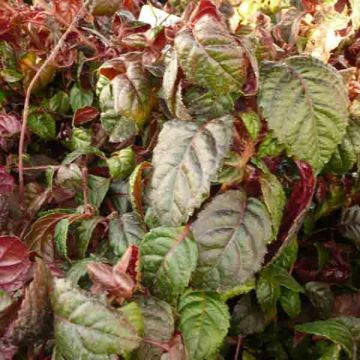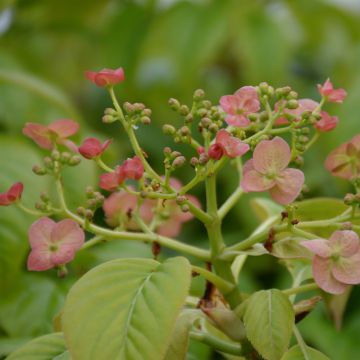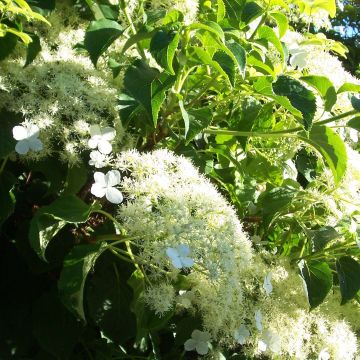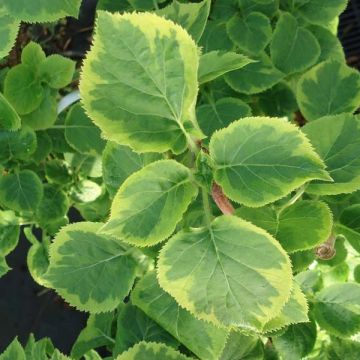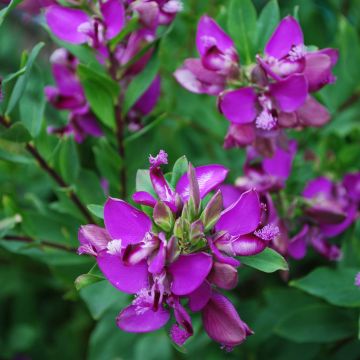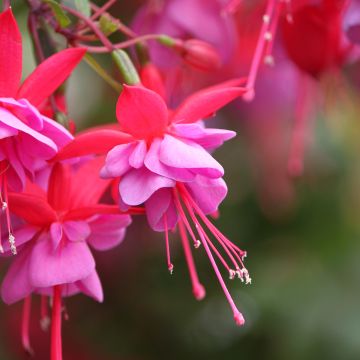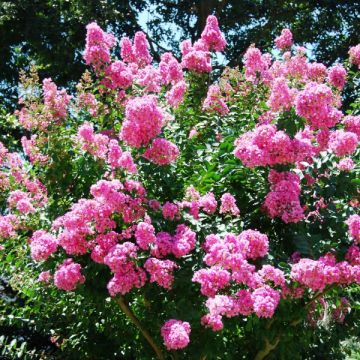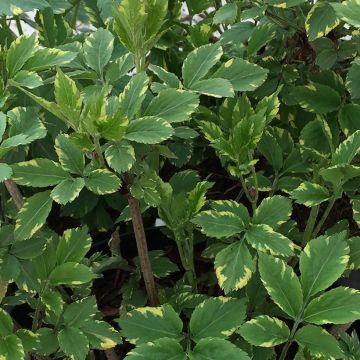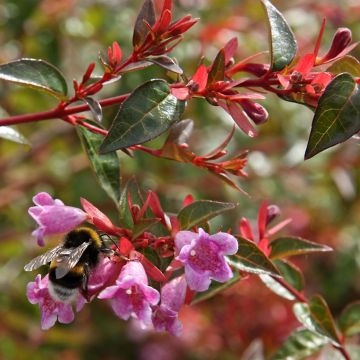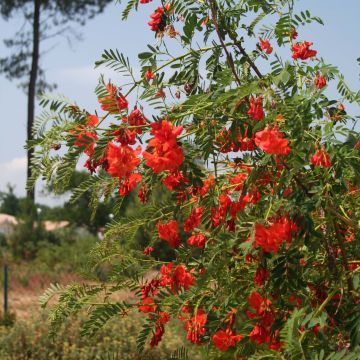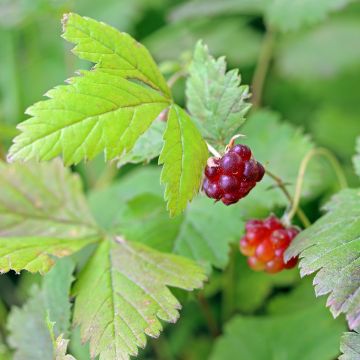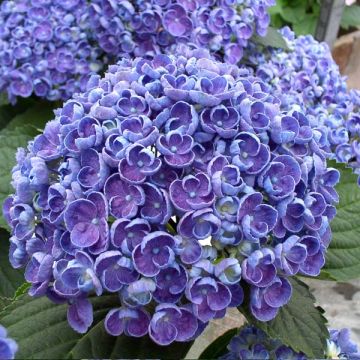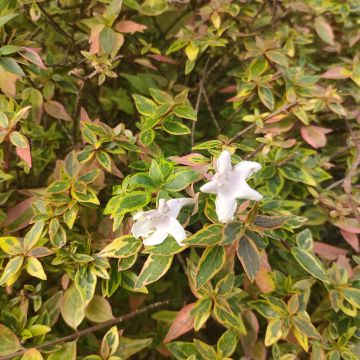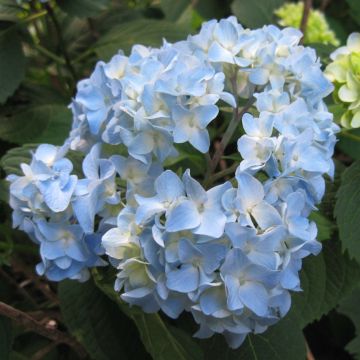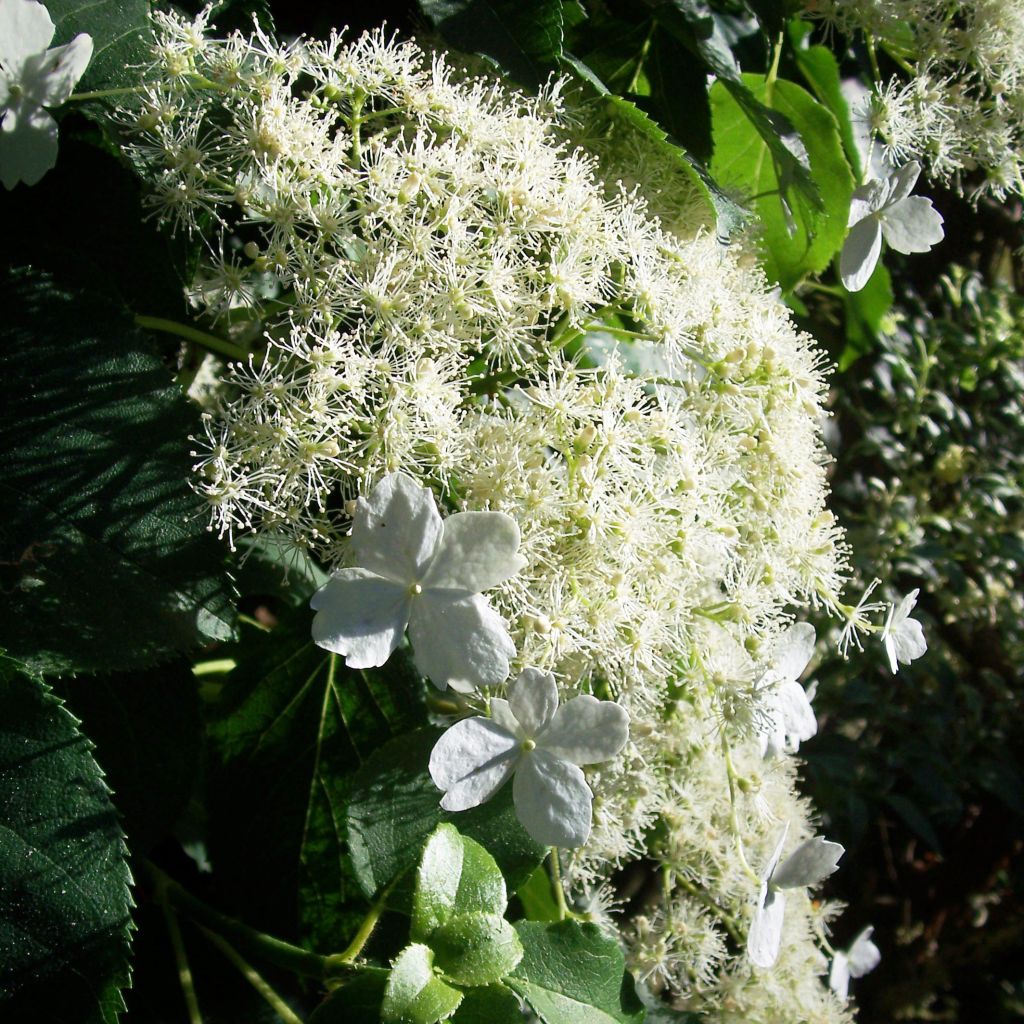

Hydrangea anomala subsp. petiolaris- Climbing Hydrangea
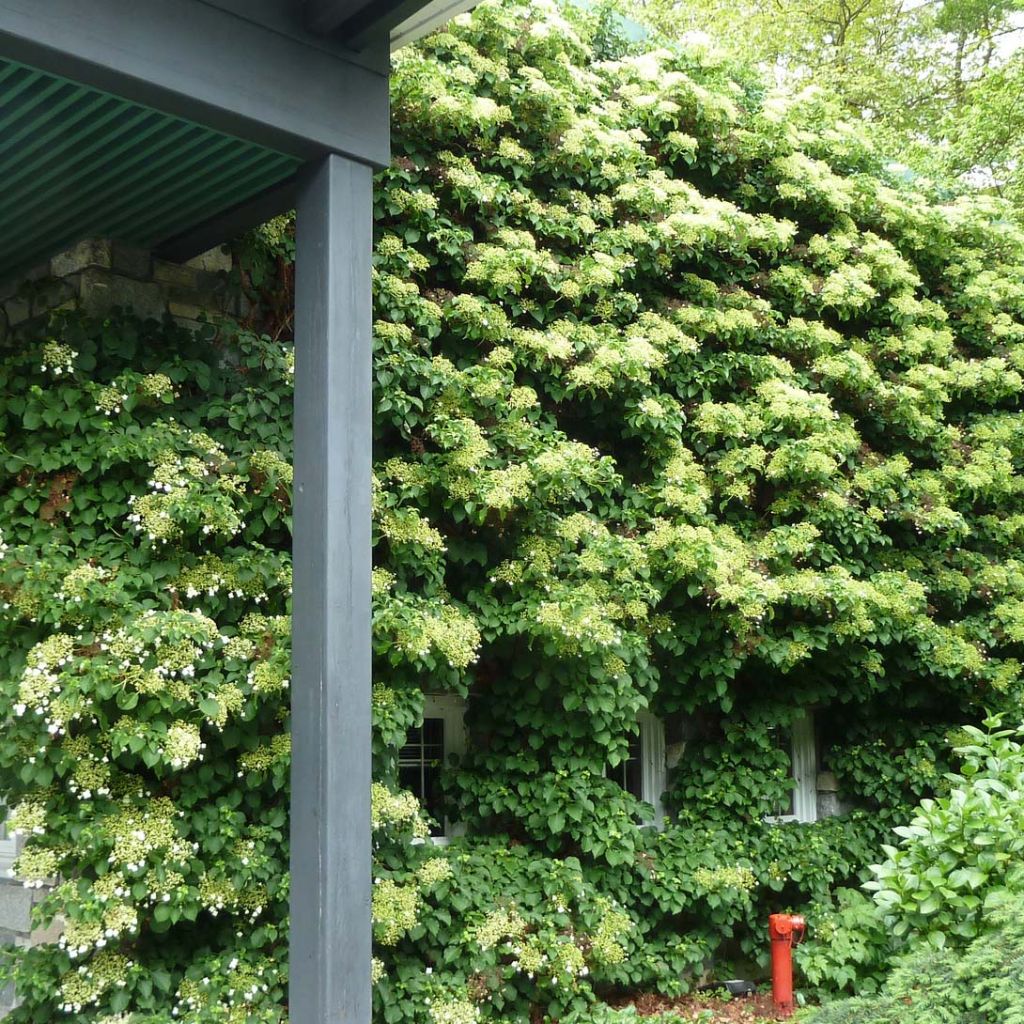

Hydrangea anomala subsp. petiolaris- Climbing Hydrangea
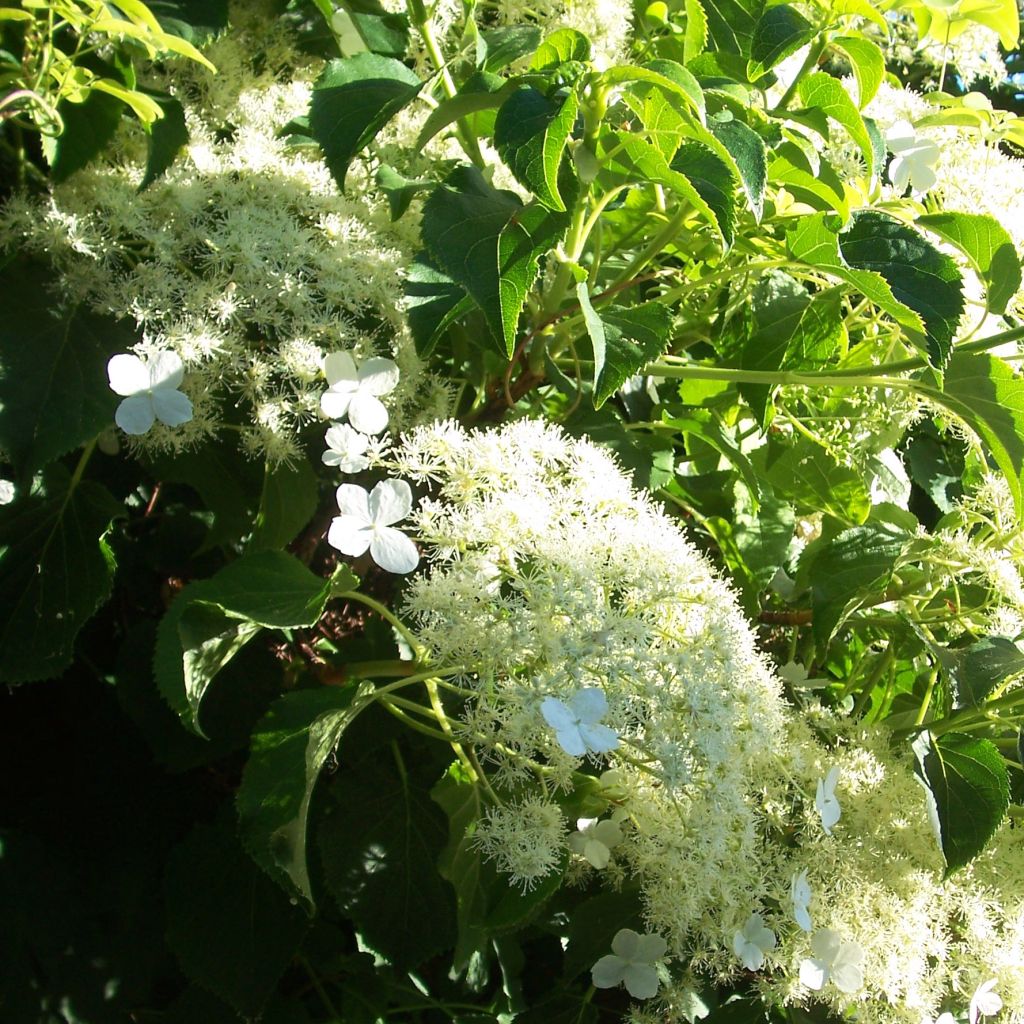

Hydrangea anomala subsp. petiolaris- Climbing Hydrangea
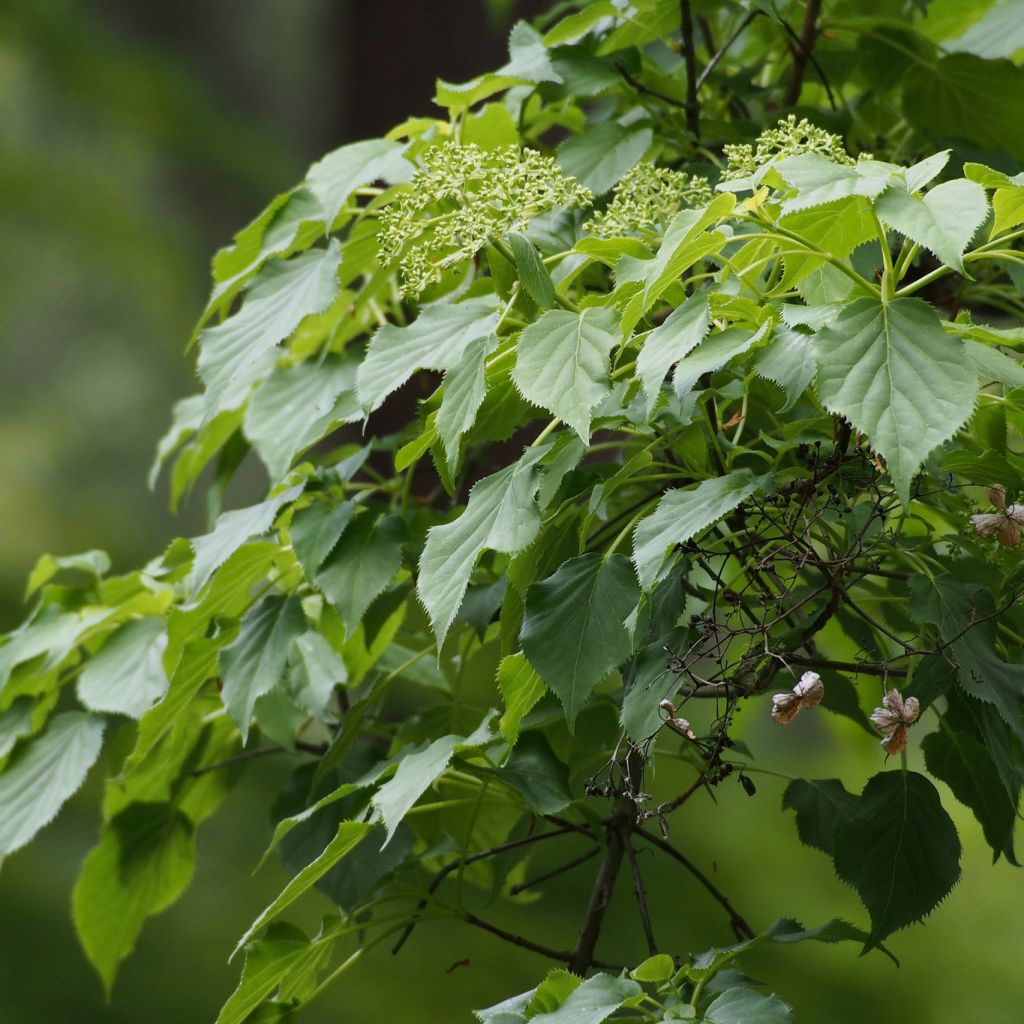

Hydrangea anomala subsp. petiolaris- Climbing Hydrangea
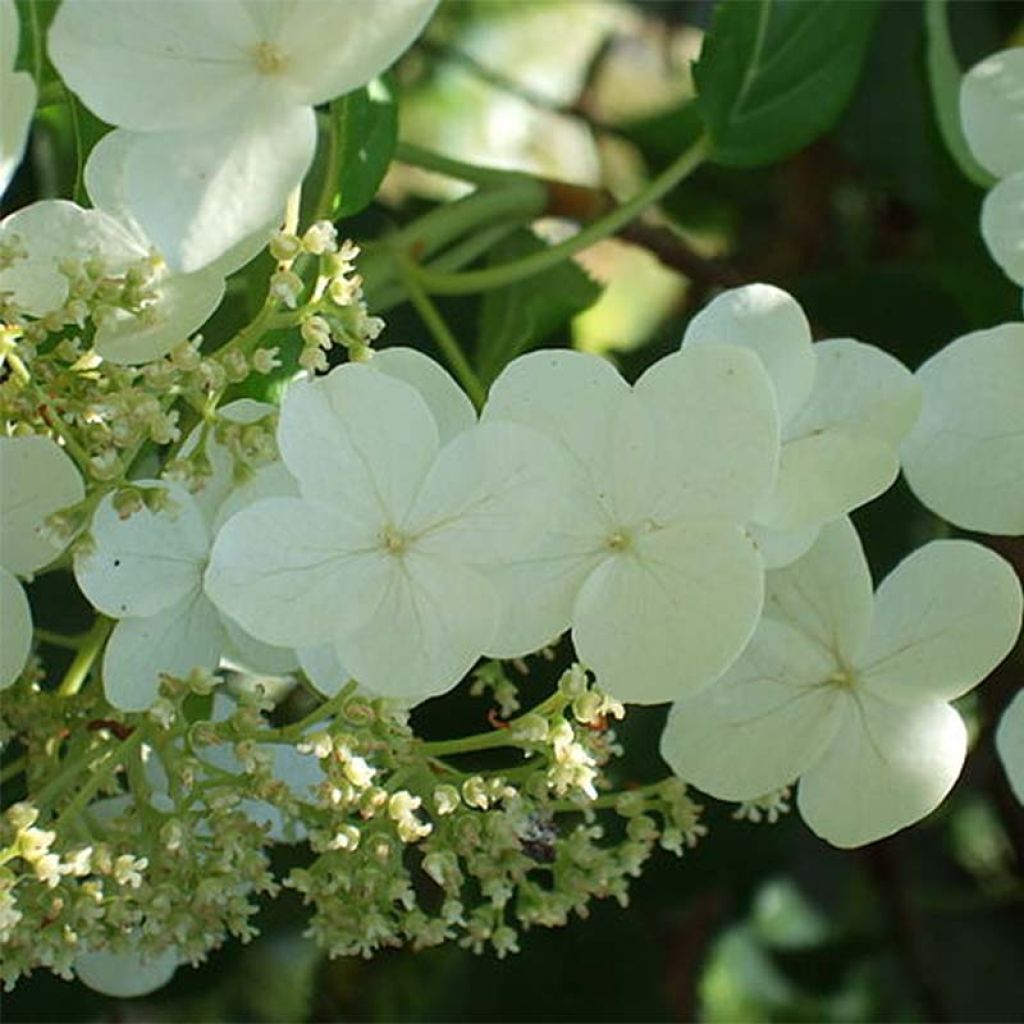

Hydrangea anomala subsp. petiolaris- Climbing Hydrangea
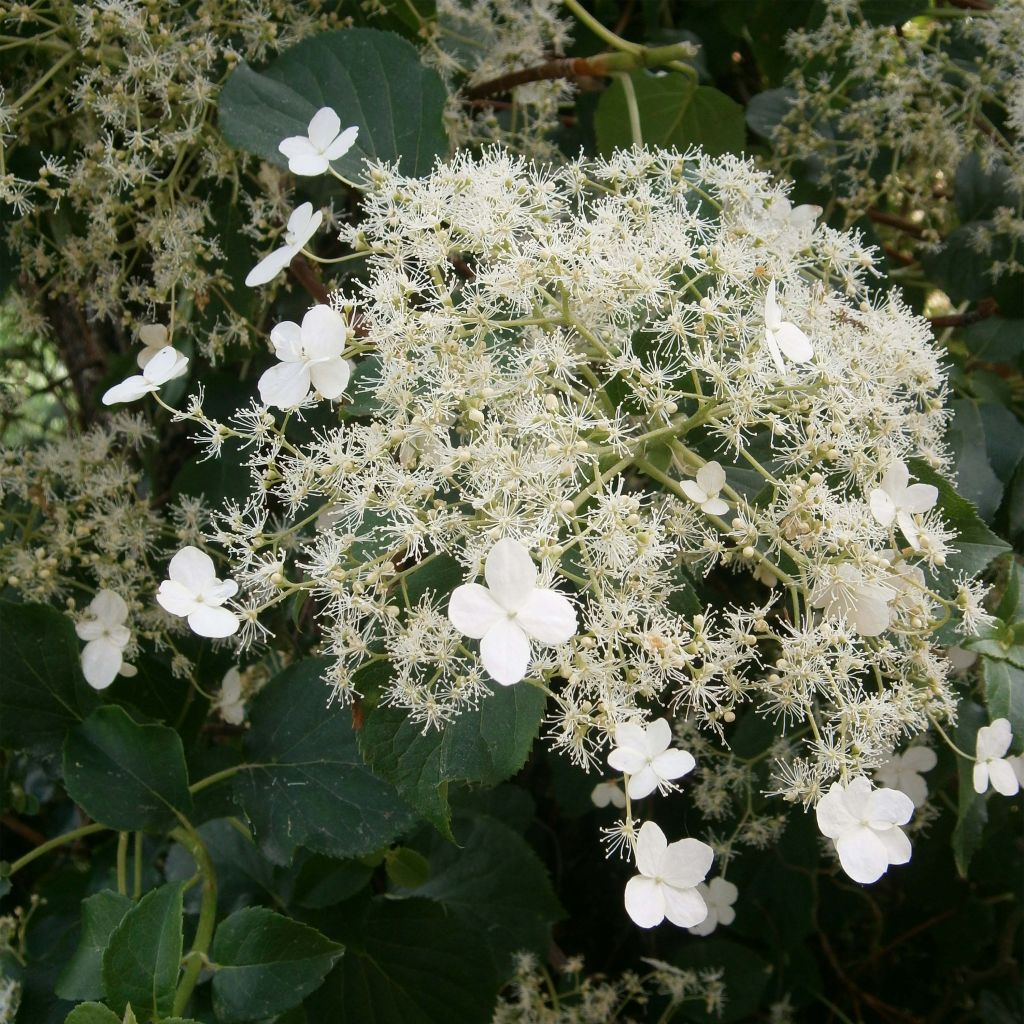

Hydrangea anomala subsp. petiolaris- Climbing Hydrangea
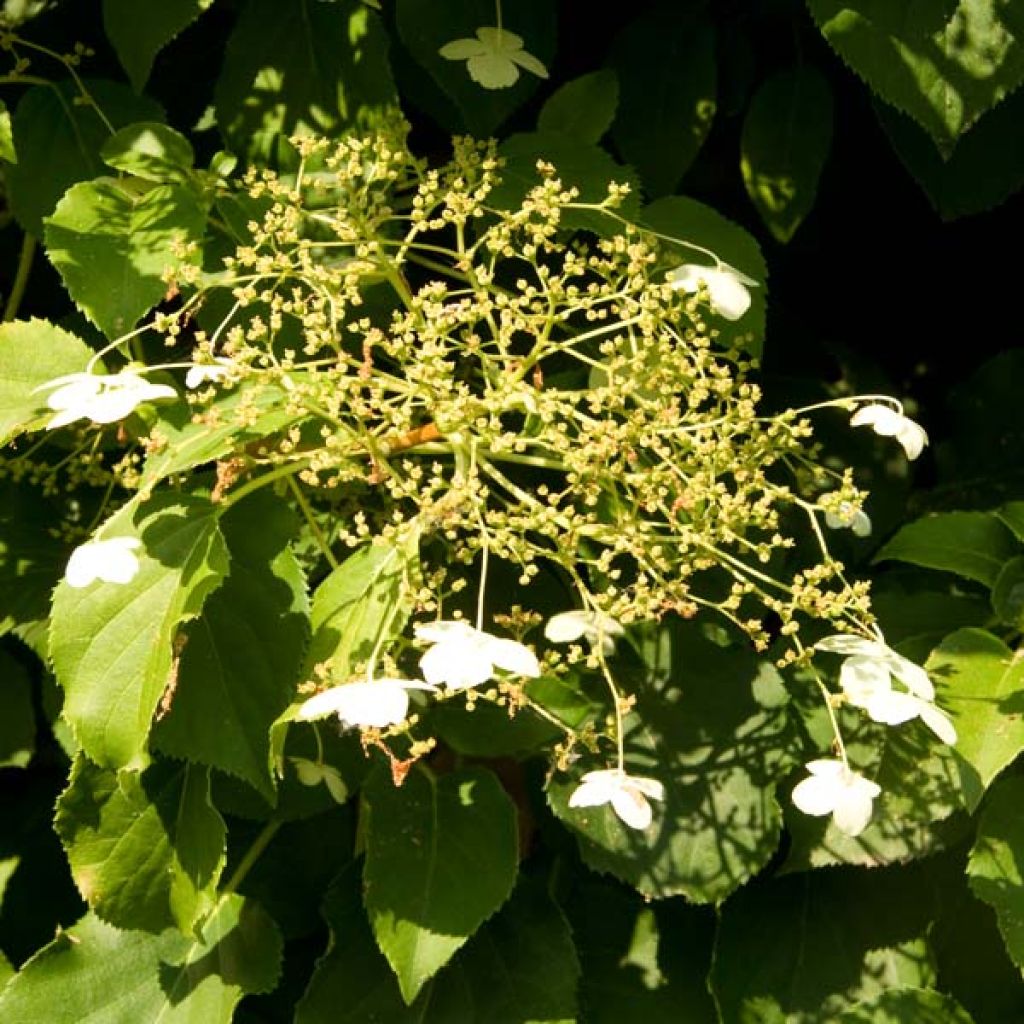

Hydrangea anomala subsp. petiolaris- Climbing Hydrangea
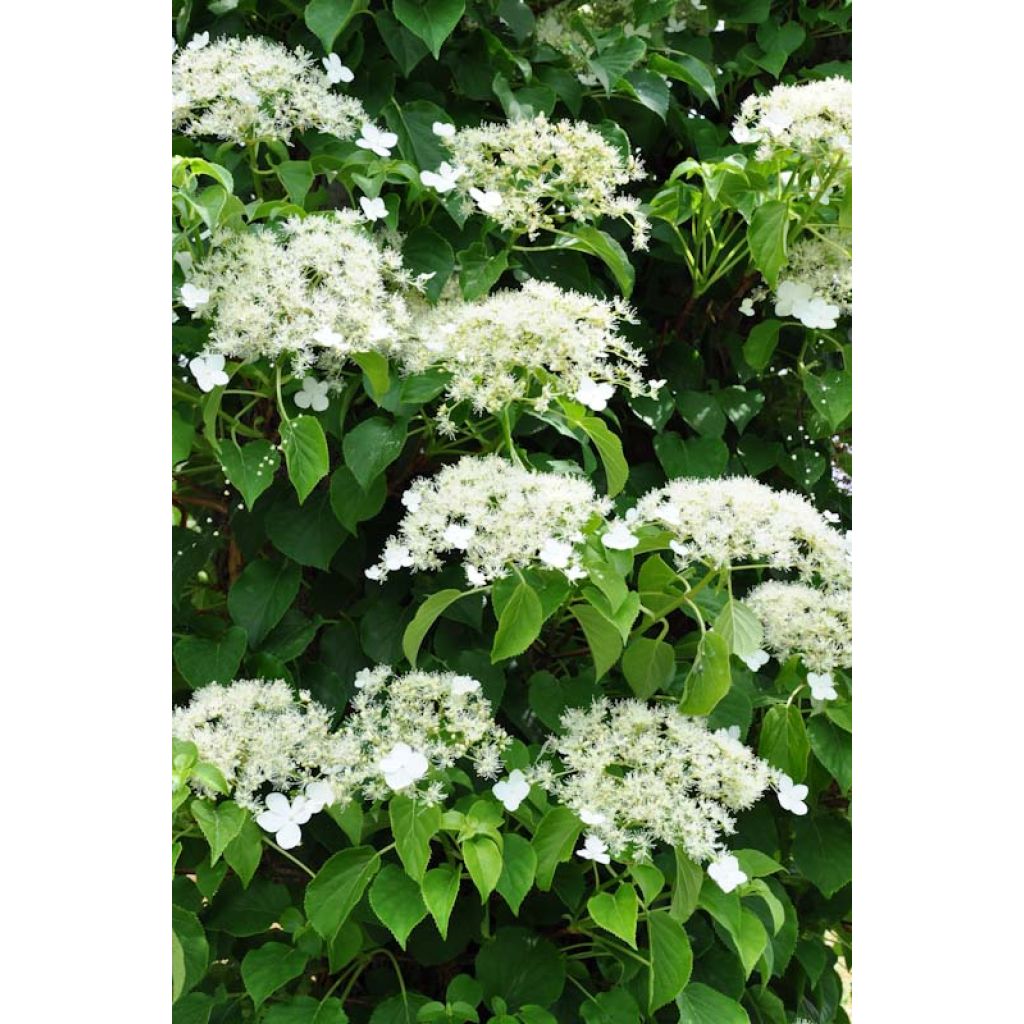

Hydrangea anomala subsp. petiolaris- Climbing Hydrangea
Hydrangea anomala subsp. petiolaris- Climbing Hydrangea
Hydrangea anomala ssp. petiolaris
Climbing Hydrangea
This item cannot be shipped to the selected country
Delivery charge from €5.90
Delivery charge from €5.90
Oversize package delivery charge from €6.90
More information
Schedule delivery date,
and select date in basket
This plant carries a 6 months recovery warranty
More information
We guarantee the quality of our plants for a full growing cycle, and will replace at our expense any plant that fails to recover under normal climatic and planting conditions.
From €5.90 for pickup delivery and €6.90 for home delivery
Express home delivery from €8.90.
From €5.90 for pickup delivery and €6.90 for home delivery
Express home delivery from €8.90.
Oversize package: home delivery by special carrier from €6.90 per order..
Express home delivery from €8.90.


Does this plant fit my garden?
Set up your Plantfit profile →
Description
Hydrangea petiolaris is undoubtedly the most well-known and spectacular of all climbing hydrangeas, and one of the few climbing plants that can flower even in the north. This plant is actually a vigorous climbing or creeping bush, with deciduous foliage that is bright green, turning yellow in autumn. It clings to its support using its tendrils equipped with climbing roots. It takes a little longer to establish, but when it matures, it produces a sumptuous flowering in umbels of white lace that turn green before fading. Ideal for north or west-facing exposures, this plant is sensitive to sunburn and appreciates a fertile, deep, and not too dry soil.
Native to Japan and northeastern Asia, Hydrangea anomalis subsp. petiolaris is a climbing bush belonging to the hydrangea family, like its cousin the hydrangea. In its natural environment, the forests of Asia, this woody plant grows up to 15m (49ft) in height, but rarely exceeds 5 to 7m (23ft) in our climates.
This hydrangea has oval, dentate, deciduous leaves. This vigorous climber produces woody, robust, and well-branched stems, up to 3-4m (10-13ft) in height, which have a very interesting architecture. With age, they crack and their bark flakes off in spectacular shreds, giving the plant an attractive appearance even in winter. A creeping bush with strong covering power, it also climbs thanks to climbing roots. Without support, it will not exceed 1.5m (4ft 11in) and will form a dense bush. Its growth is a bit slow in the juvenile stage. This hydrangea blooms in June-July, even in shade. Its nectar-rich flowers, in large umbels sometimes reaching 20cm (7.9in) in diameter, resemble umbrellas, flat and white, with a light but sweet fragrance. They transform this bush into a fine and vaporous mass. They do not fade but dry slowly on the plant, adopting subtle green shades before turning brown. Its foliage takes on a beautiful golden hue in autumn. It is not a heathland plant, and its hardiness can exceed -20°C.
This climbing hydrangea can be used in the background to cover a north-facing wall or dress up an old dead tree or unsightly structure, but it also proves to be an excellent ground cover, very useful for retaining sloping soils. It pairs well with bush fuchsias (magellanica), for example, or with low-maintenance ground cover plants like Aegopodium podagraria 'Variegata', Alchemilla mollis, Geranium macrorrhizum, hostas, or Tiarella. It can be combined with climbing annuals or perennials like morning glories or sweet peas (in a slightly sunny exposure). In any case, it should be planted in a sunny to semi-shaded exposure, in a moist to wet soil. It can also be pruned to obtain a flat shape. Finally, it can also be used in large pots.
Report an error about the product description
Hydrangea anomala subsp. petiolaris- Climbing Hydrangea in pictures


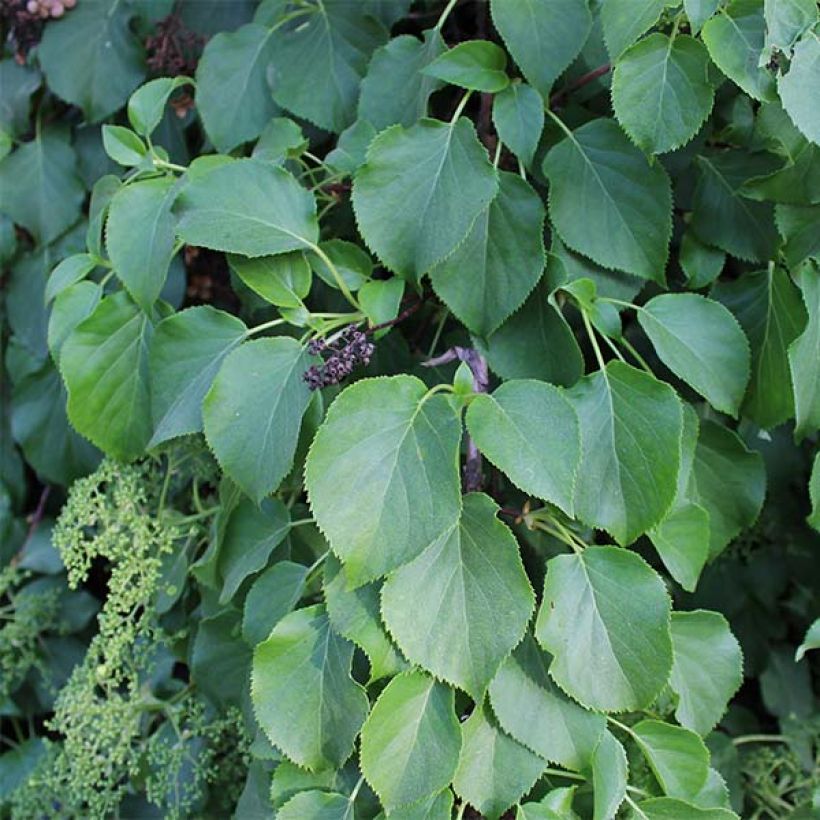

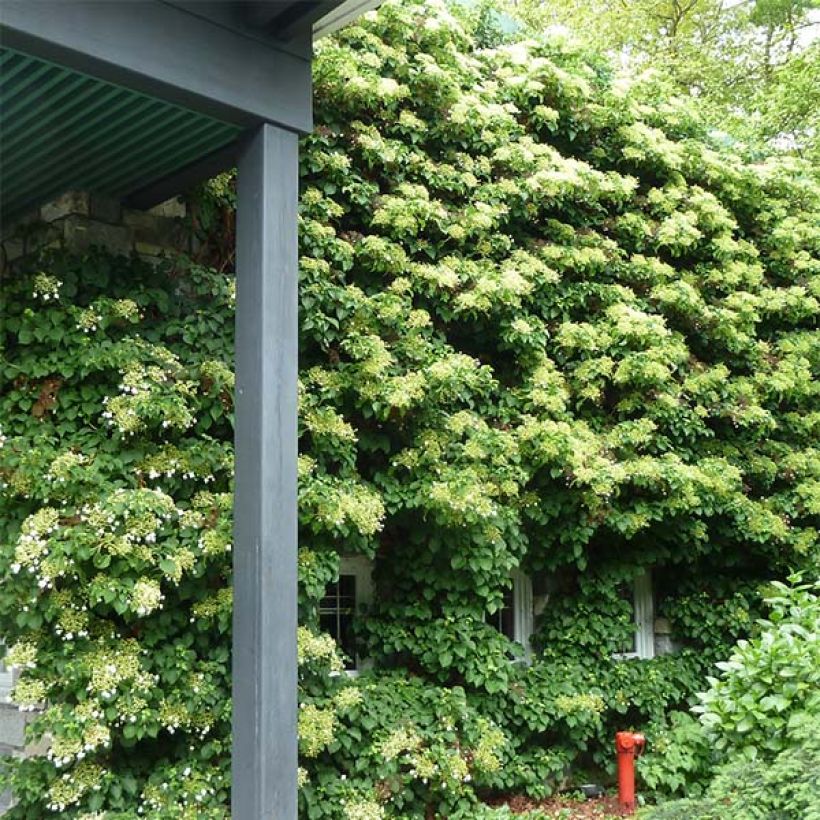

Plant habit
Flowering
Foliage
Botanical data
Hydrangea
anomala
ssp. petiolaris
Hydrangeaceae
Climbing Hydrangea
North Asia
Other Hydrangea Anomala
Planting and care
When planting, install it in a north or east-facing position, in deeply worked, humus-rich soil, without excess limestone. If you plant them in an east-facing position, remember to regularly water in the first few years as the plant will generally receive little water. A good base fertilizer (horn or dehydrated blood) will promote the establishment of your plant and nourish it without the risk of burning. If your soil tends to be dry, incorporate a little turf and mix our water retaining agent, stockosorb, into the soil when filling the planting hole and provide a surface watering basin. You can mulch the base in summer to keep the roots cool, and water regularly if it is very dry. After a few years, this plant should be able to fend for itself. If pruning is necessary to limit its growth, it should be done when the leaves fall. Remove faded inflorescences in autumn. Eliminate branches that grow perpendicular to the axis of the wall or misplaced branches. Ensure that the plant does not damage the roof or gutters.
Planting period
Intended location
Care
-
, onOrder confirmed
Reply from on Promesse de fleurs
Summer-flowering shrubs
Haven't found what you were looking for?
Hardiness is the lowest winter temperature a plant can endure without suffering serious damage or even dying. However, hardiness is affected by location (a sheltered area, such as a patio), protection (winter cover) and soil type (hardiness is improved by well-drained soil).

Photo Sharing Terms & Conditions
In order to encourage gardeners to interact and share their experiences, Promesse de fleurs offers various media enabling content to be uploaded onto its Site - in particular via the ‘Photo sharing’ module.
The User agrees to refrain from:
- Posting any content that is illegal, prejudicial, insulting, racist, inciteful to hatred, revisionist, contrary to public decency, that infringes on privacy or on the privacy rights of third parties, in particular the publicity rights of persons and goods, intellectual property rights, or the right to privacy.
- Submitting content on behalf of a third party;
- Impersonate the identity of a third party and/or publish any personal information about a third party;
In general, the User undertakes to refrain from any unethical behaviour.
All Content (in particular text, comments, files, images, photos, videos, creative works, etc.), which may be subject to property or intellectual property rights, image or other private rights, shall remain the property of the User, subject to the limited rights granted by the terms of the licence granted by Promesse de fleurs as stated below. Users are at liberty to publish or not to publish such Content on the Site, notably via the ‘Photo Sharing’ facility, and accept that this Content shall be made public and freely accessible, notably on the Internet.
Users further acknowledge, undertake to have ,and guarantee that they hold all necessary rights and permissions to publish such material on the Site, in particular with regard to the legislation in force pertaining to any privacy, property, intellectual property, image, or contractual rights, or rights of any other nature. By publishing such Content on the Site, Users acknowledge accepting full liability as publishers of the Content within the meaning of the law, and grant Promesse de fleurs, free of charge, an inclusive, worldwide licence for the said Content for the entire duration of its publication, including all reproduction, representation, up/downloading, displaying, performing, transmission, and storage rights.
Users also grant permission for their name to be linked to the Content and accept that this link may not always be made available.
By engaging in posting material, Users consent to their Content becoming automatically accessible on the Internet, in particular on other sites and/or blogs and/or web pages of the Promesse de fleurs site, including in particular social pages and the Promesse de fleurs catalogue.
Users may secure the removal of entrusted content free of charge by issuing a simple request via our contact form.
The flowering period indicated on our website applies to countries and regions located in USDA zone 8 (France, the United Kingdom, Ireland, the Netherlands, etc.)
It will vary according to where you live:
- In zones 9 to 10 (Italy, Spain, Greece, etc.), flowering will occur about 2 to 4 weeks earlier.
- In zones 6 to 7 (Germany, Poland, Slovenia, and lower mountainous regions), flowering will be delayed by 2 to 3 weeks.
- In zone 5 (Central Europe, Scandinavia), blooming will be delayed by 3 to 5 weeks.
In temperate climates, pruning of spring-flowering shrubs (forsythia, spireas, etc.) should be done just after flowering.
Pruning of summer-flowering shrubs (Indian Lilac, Perovskia, etc.) can be done in winter or spring.
In cold regions as well as with frost-sensitive plants, avoid pruning too early when severe frosts may still occur.
The planting period indicated on our website applies to countries and regions located in USDA zone 8 (France, United Kingdom, Ireland, Netherlands).
It will vary according to where you live:
- In Mediterranean zones (Marseille, Madrid, Milan, etc.), autumn and winter are the best planting periods.
- In continental zones (Strasbourg, Munich, Vienna, etc.), delay planting by 2 to 3 weeks in spring and bring it forward by 2 to 4 weeks in autumn.
- In mountainous regions (the Alps, Pyrenees, Carpathians, etc.), it is best to plant in late spring (May-June) or late summer (August-September).
The harvesting period indicated on our website applies to countries and regions in USDA zone 8 (France, England, Ireland, the Netherlands).
In colder areas (Scandinavia, Poland, Austria...) fruit and vegetable harvests are likely to be delayed by 3-4 weeks.
In warmer areas (Italy, Spain, Greece, etc.), harvesting will probably take place earlier, depending on weather conditions.
The sowing periods indicated on our website apply to countries and regions within USDA Zone 8 (France, UK, Ireland, Netherlands).
In colder areas (Scandinavia, Poland, Austria...), delay any outdoor sowing by 3-4 weeks, or sow under glass.
In warmer climes (Italy, Spain, Greece, etc.), bring outdoor sowing forward by a few weeks.

































